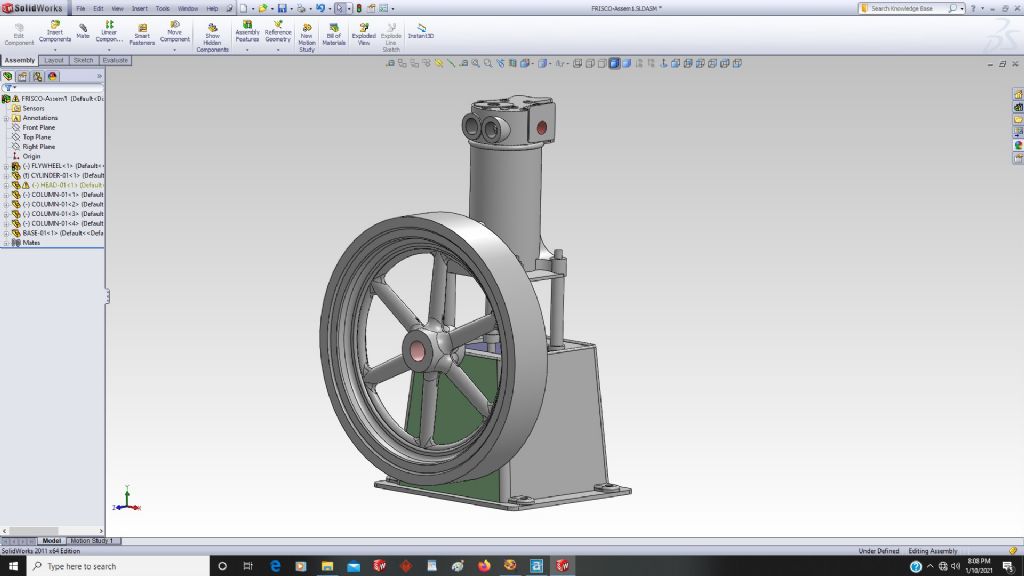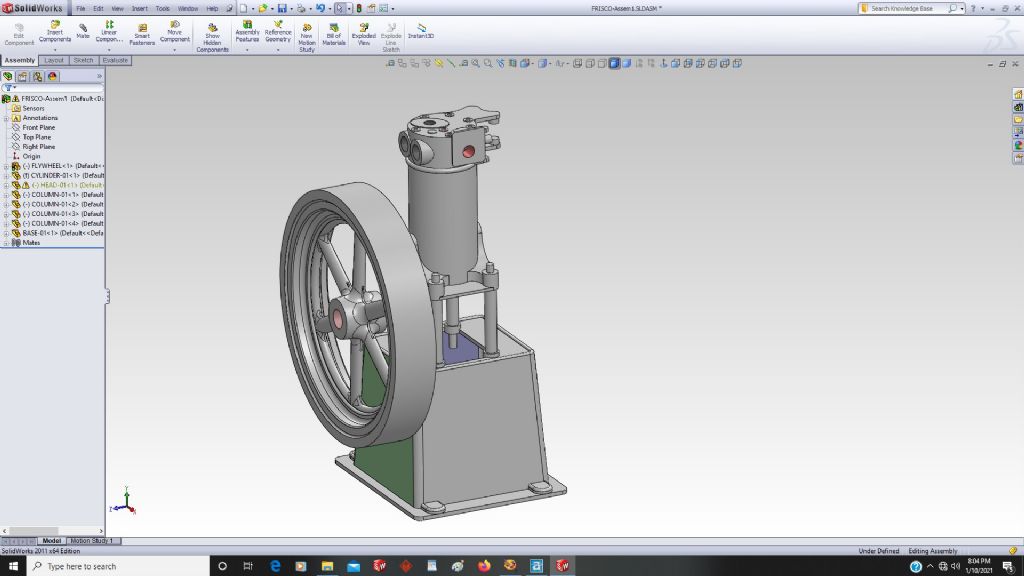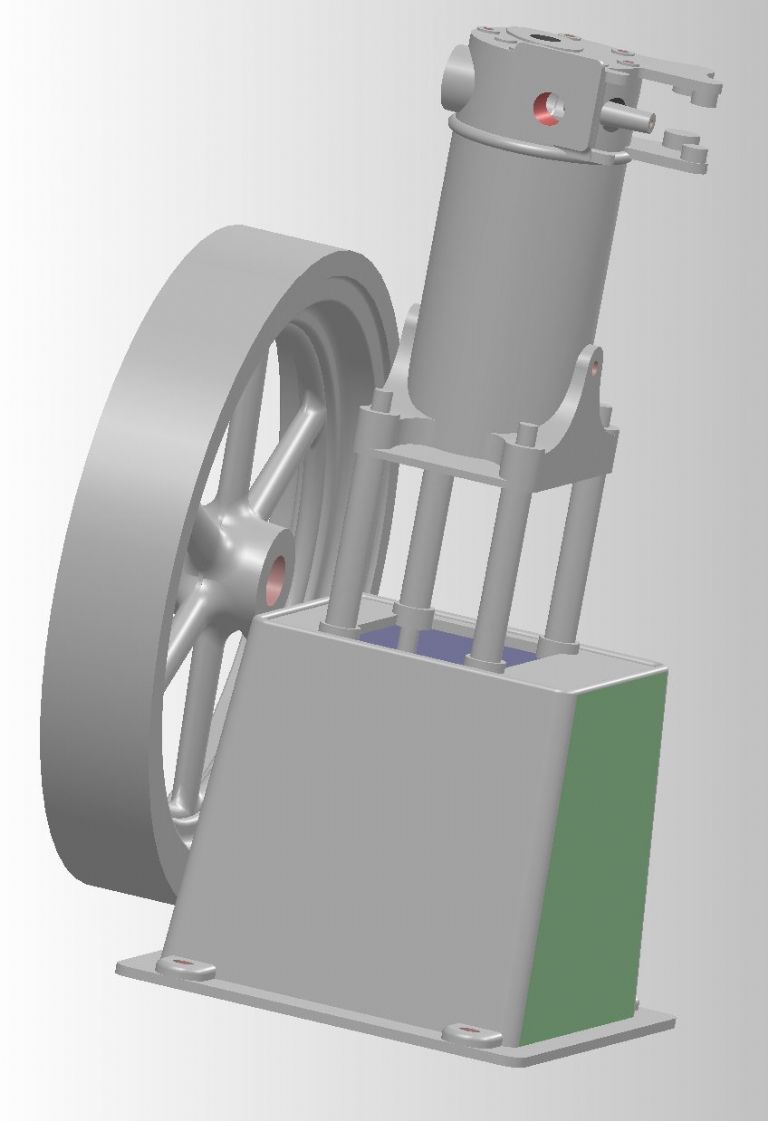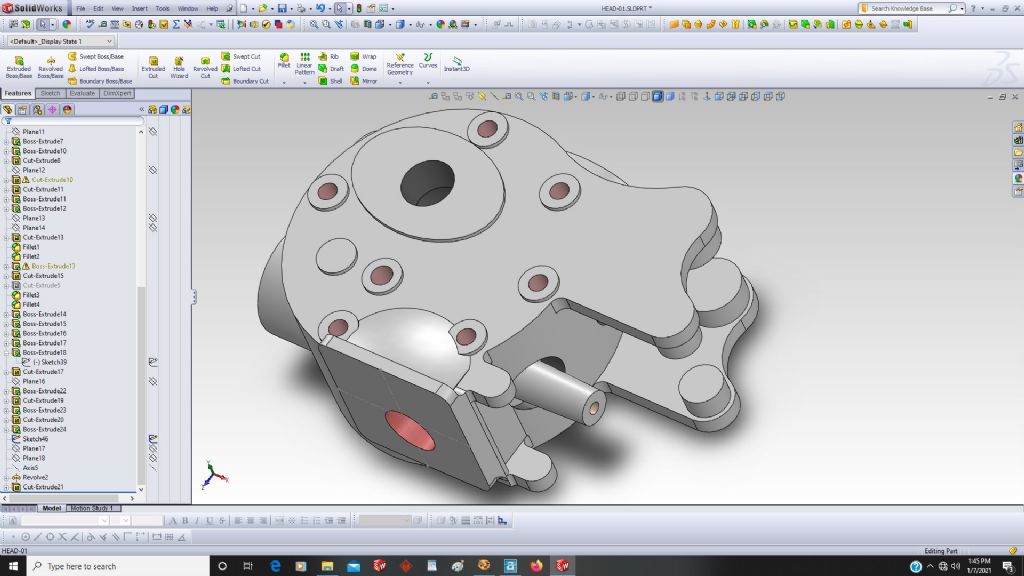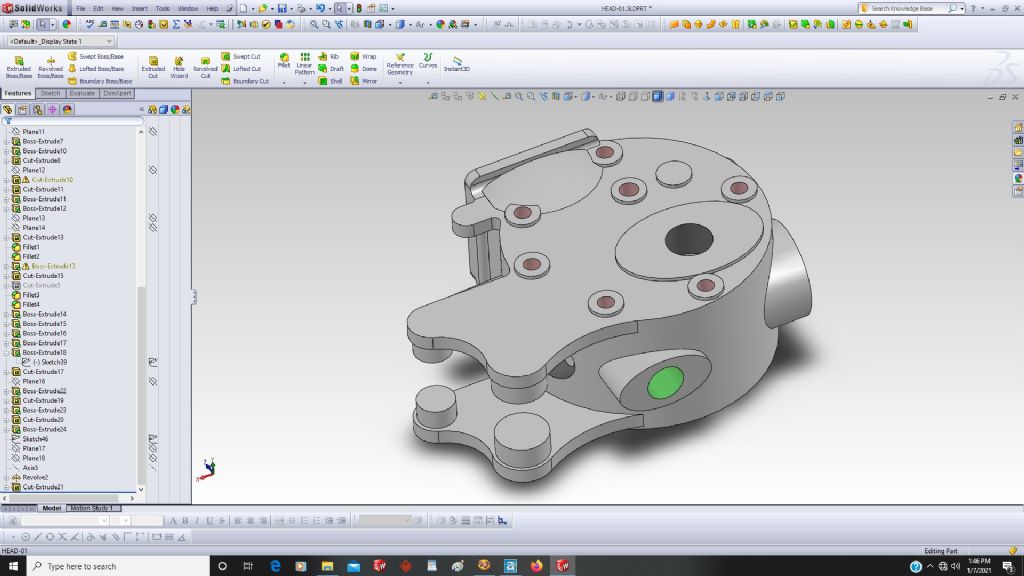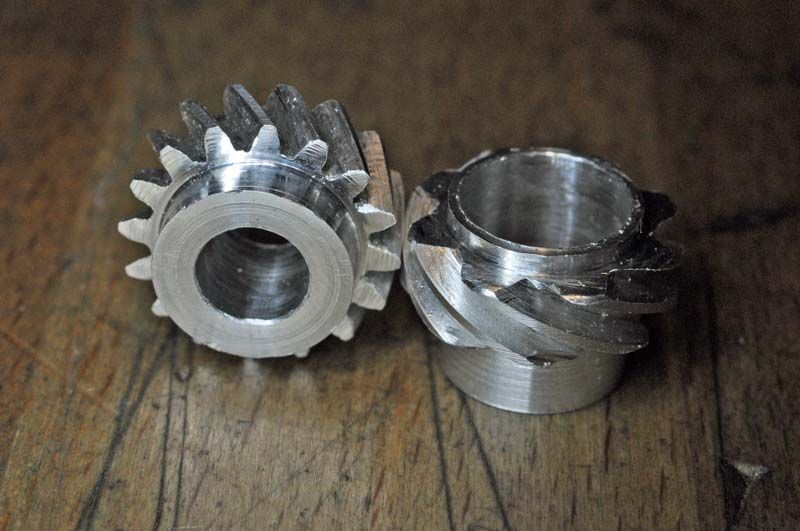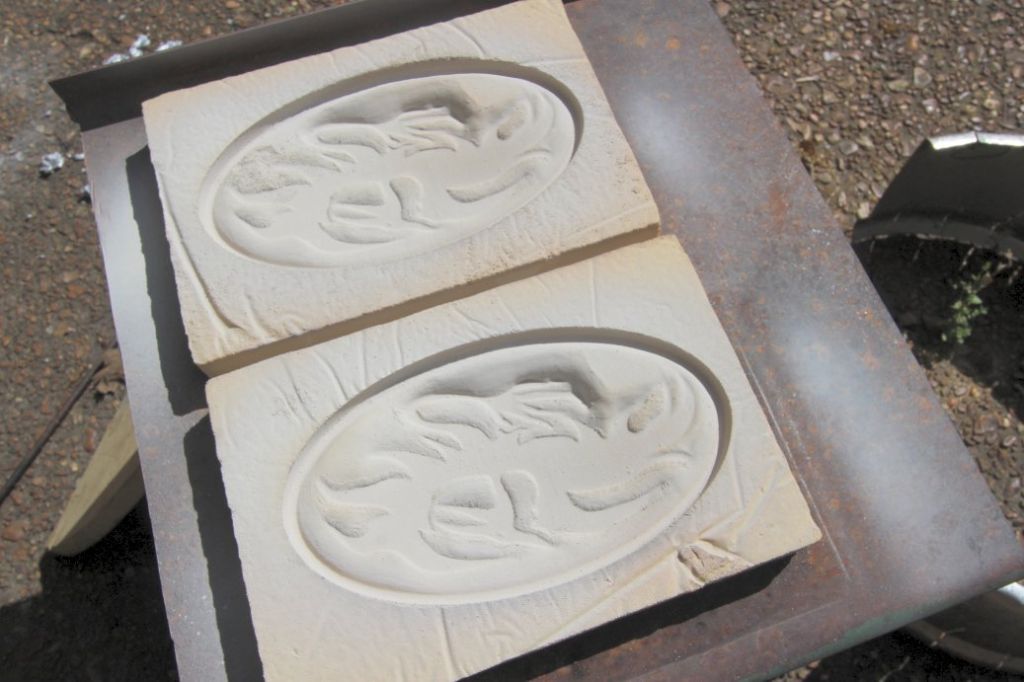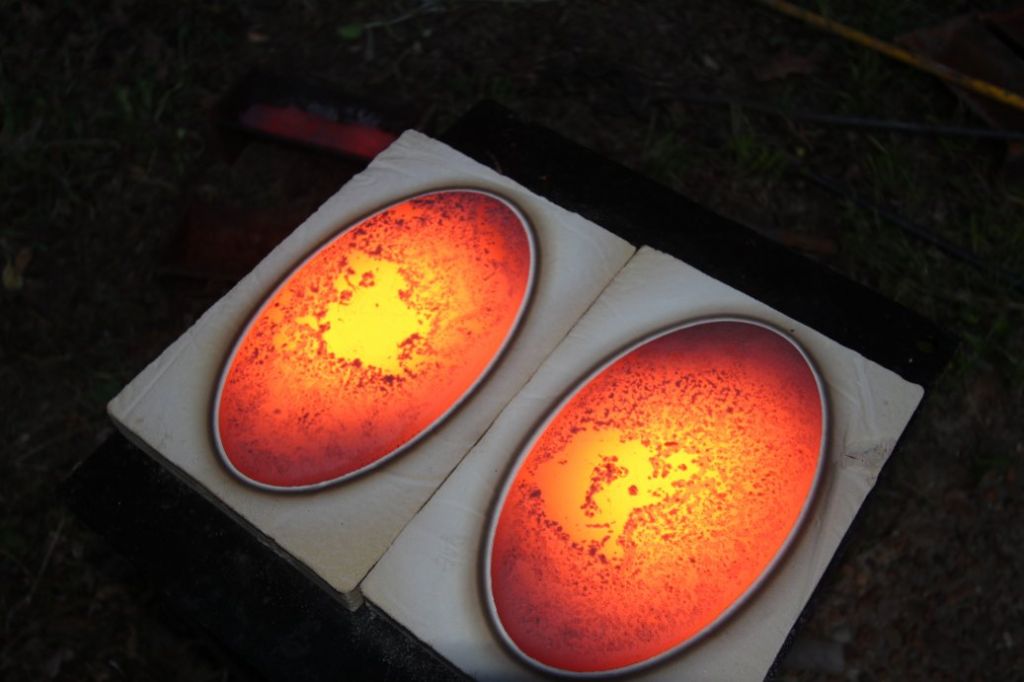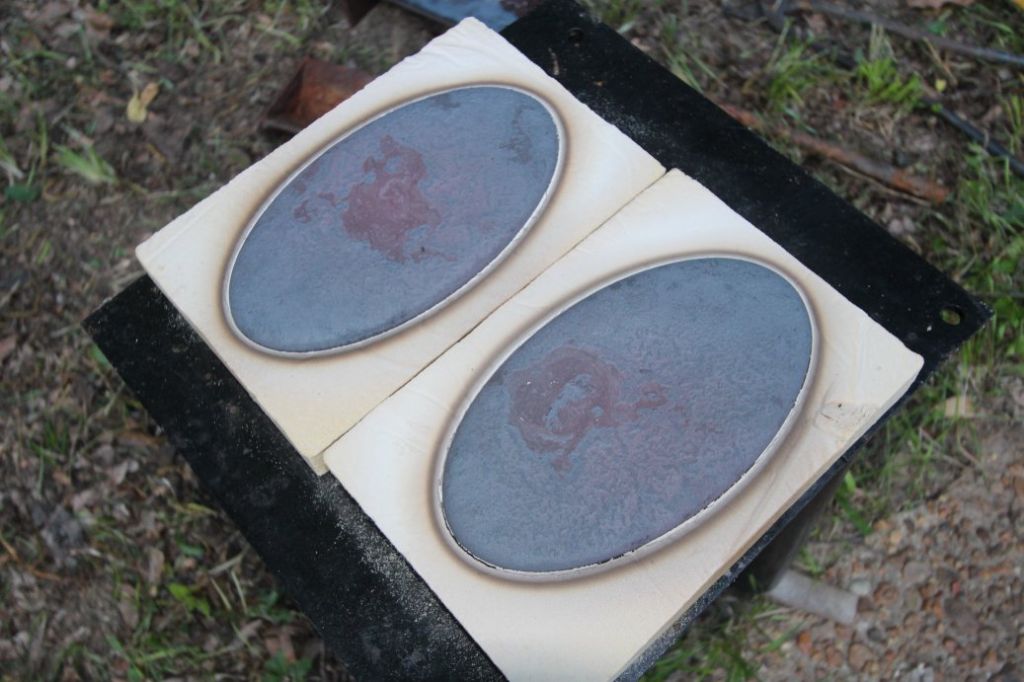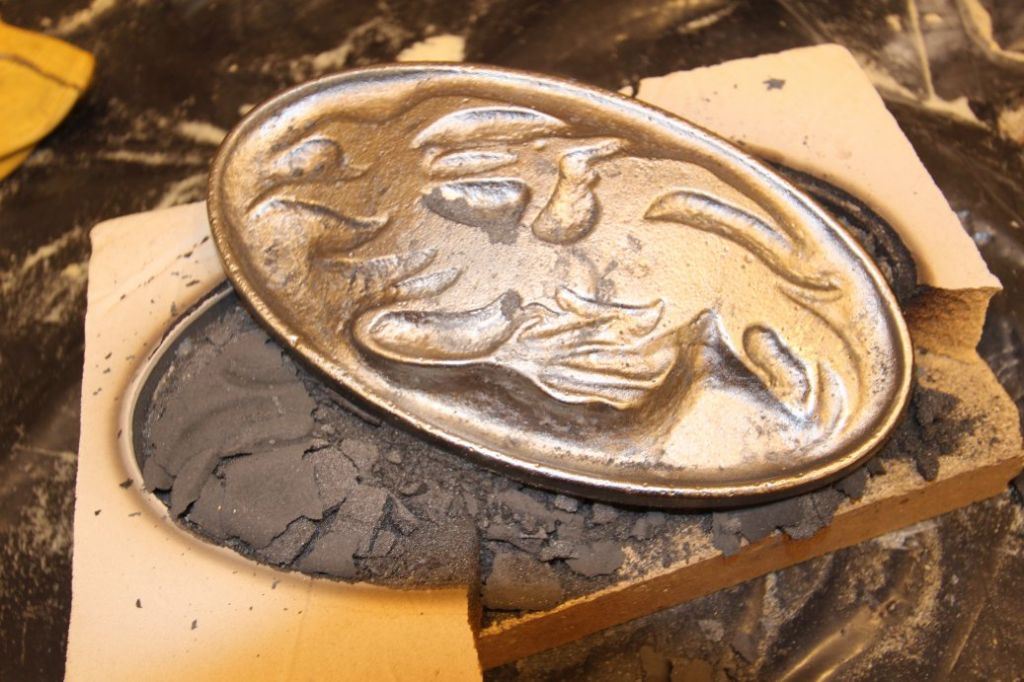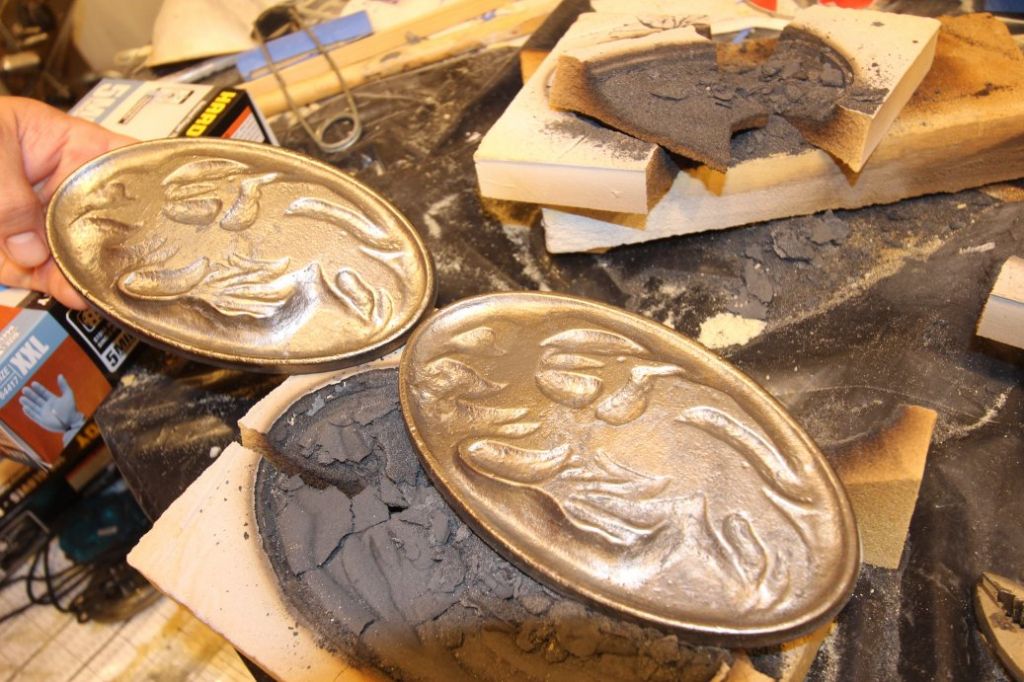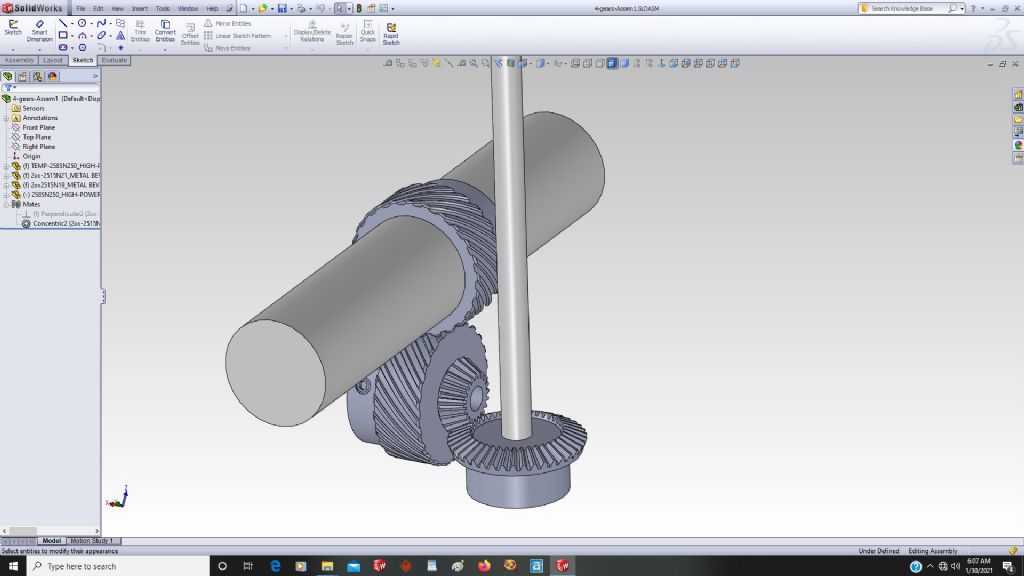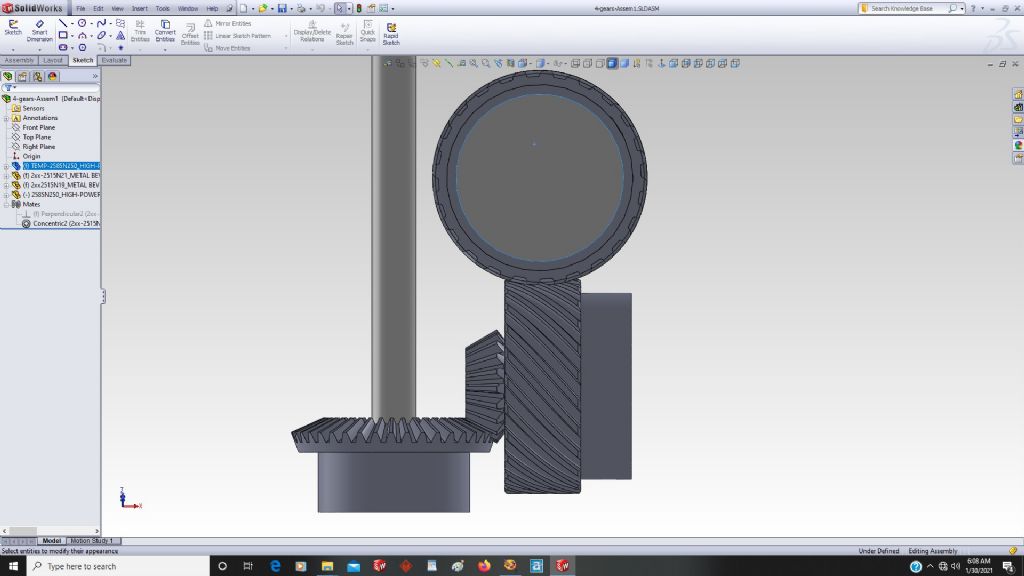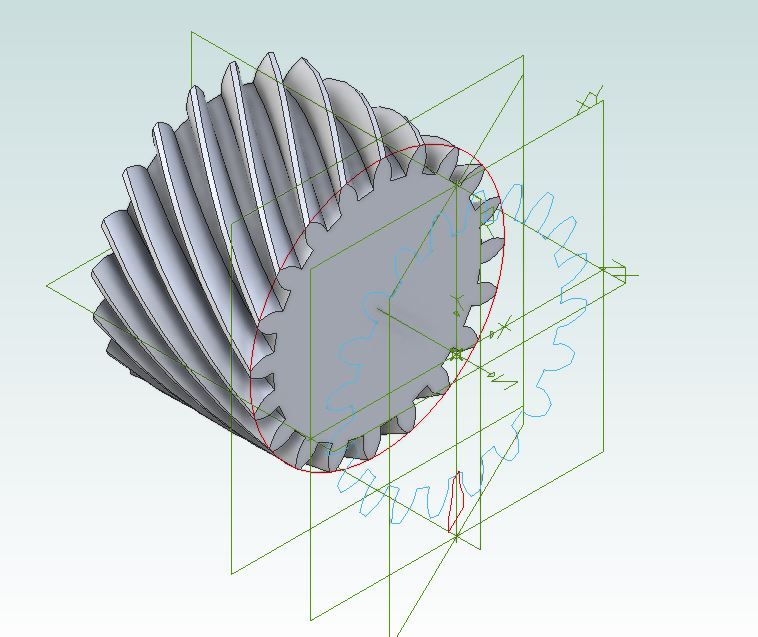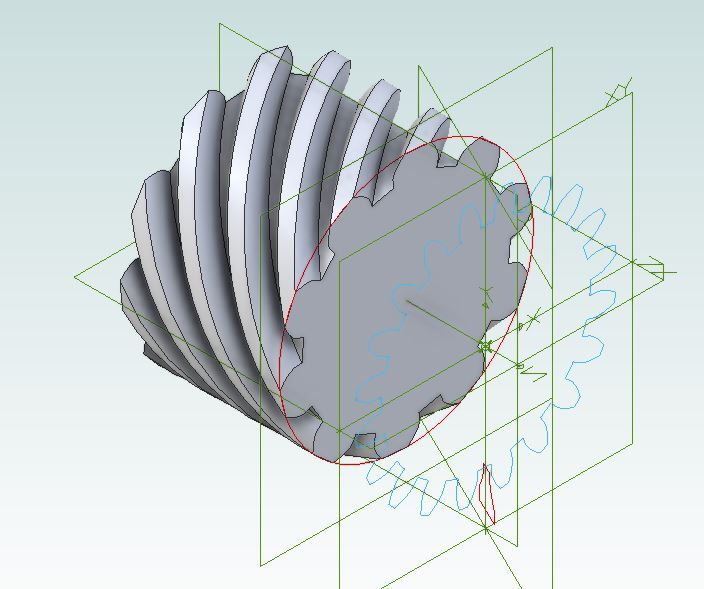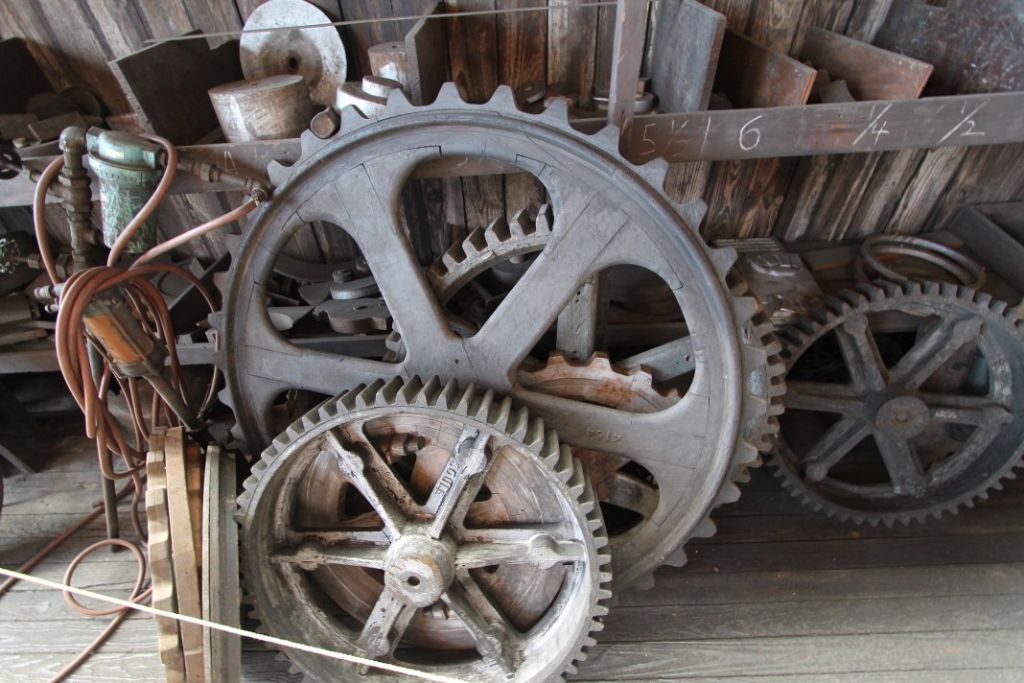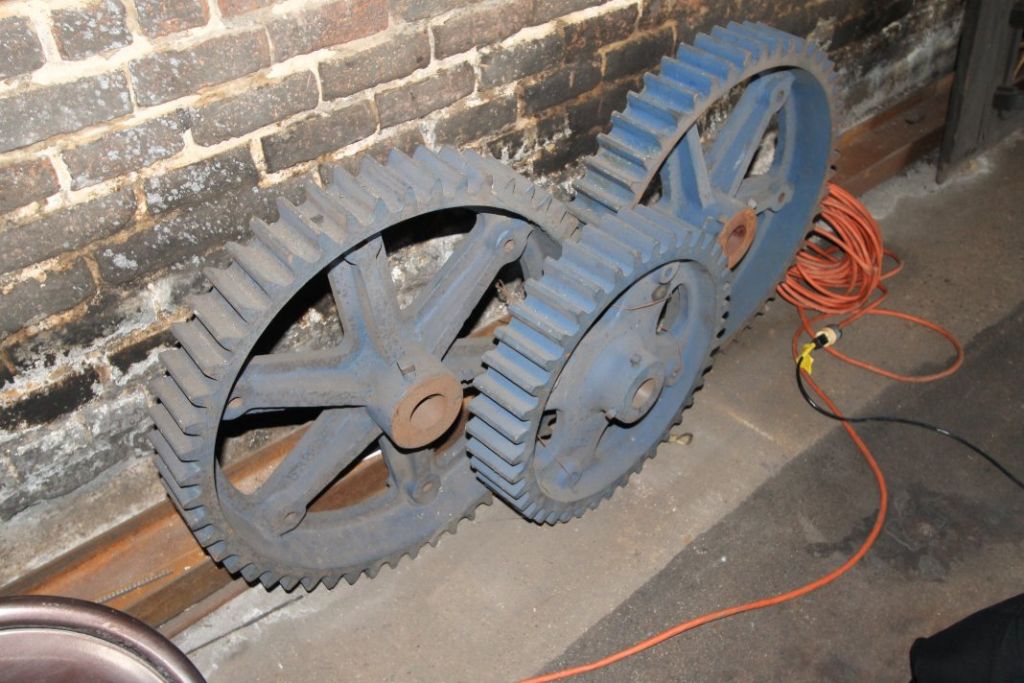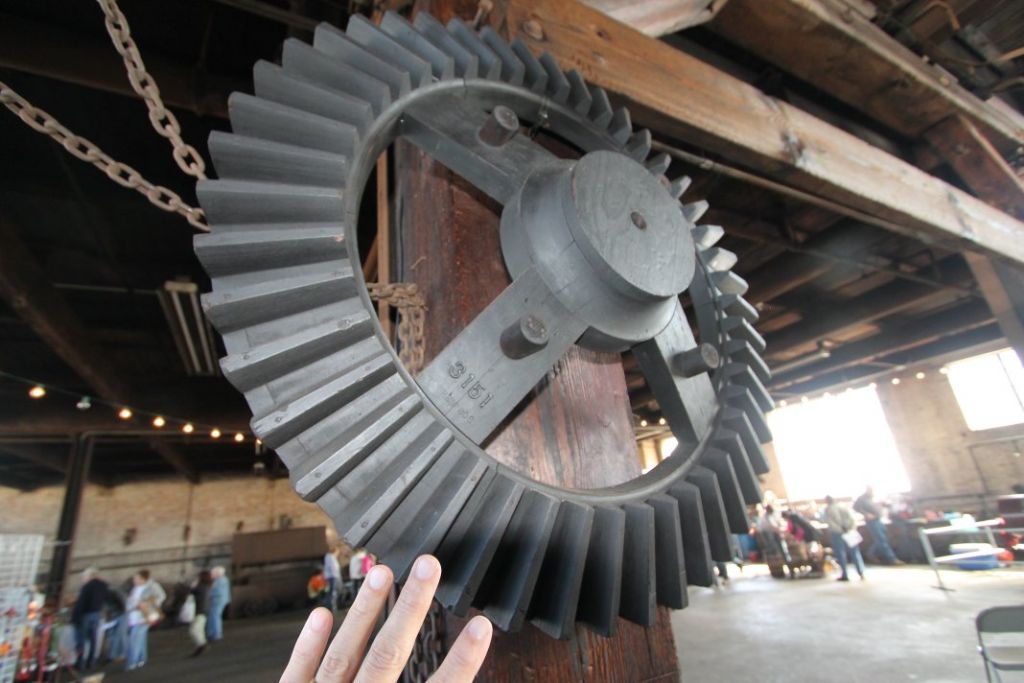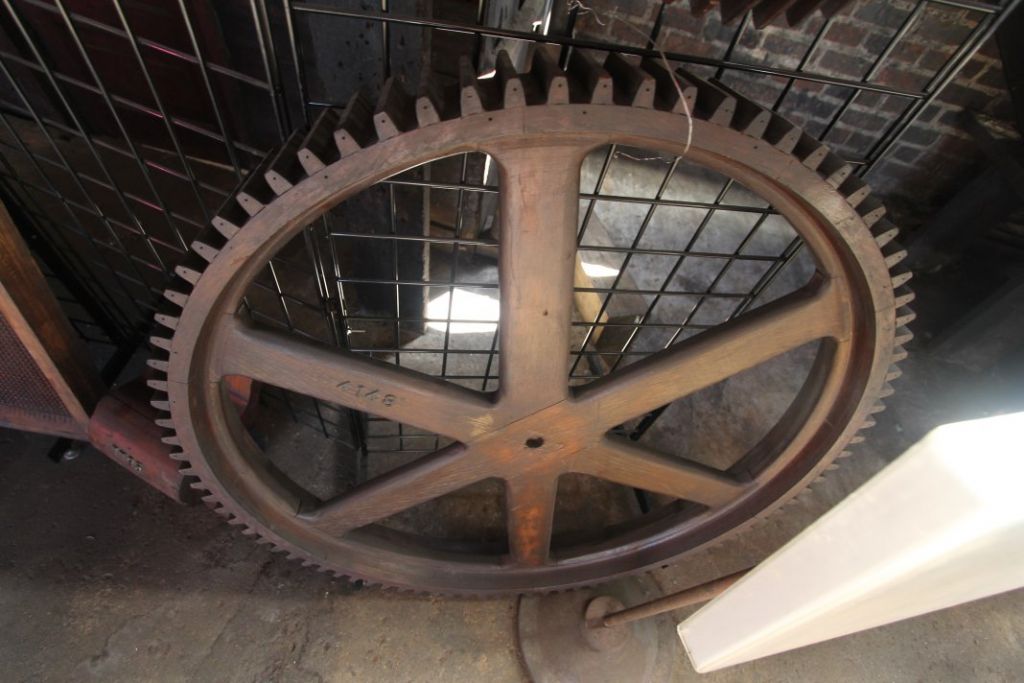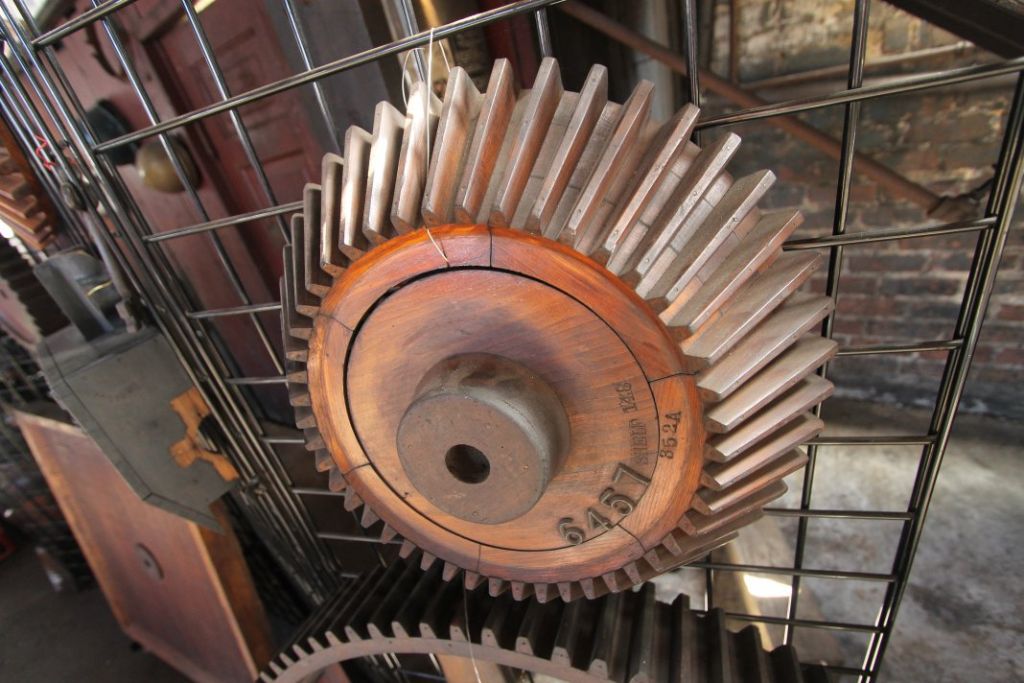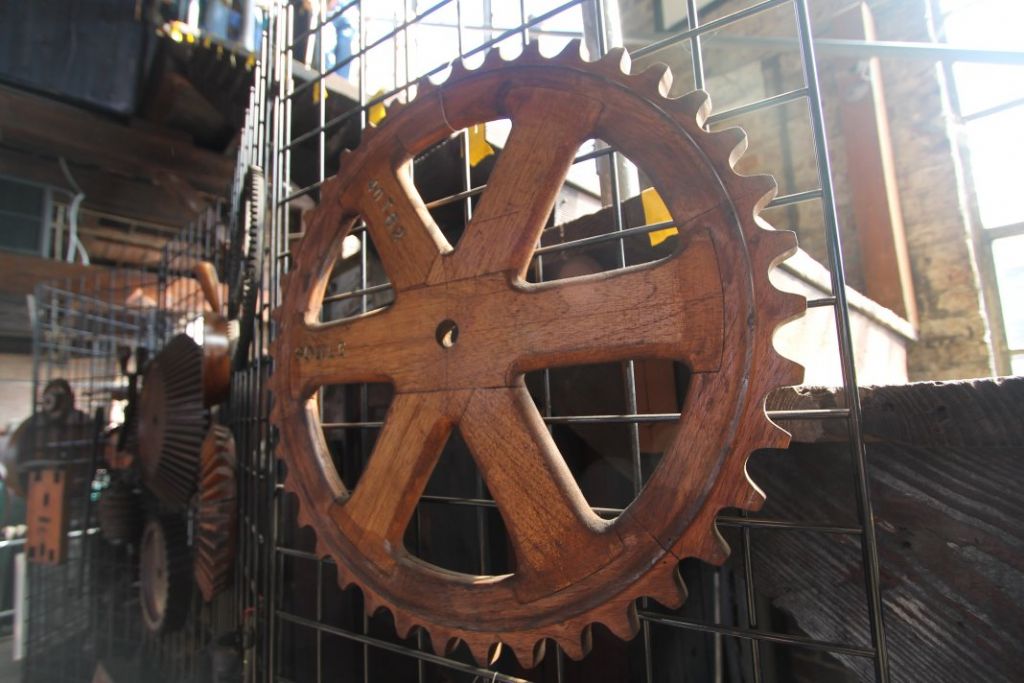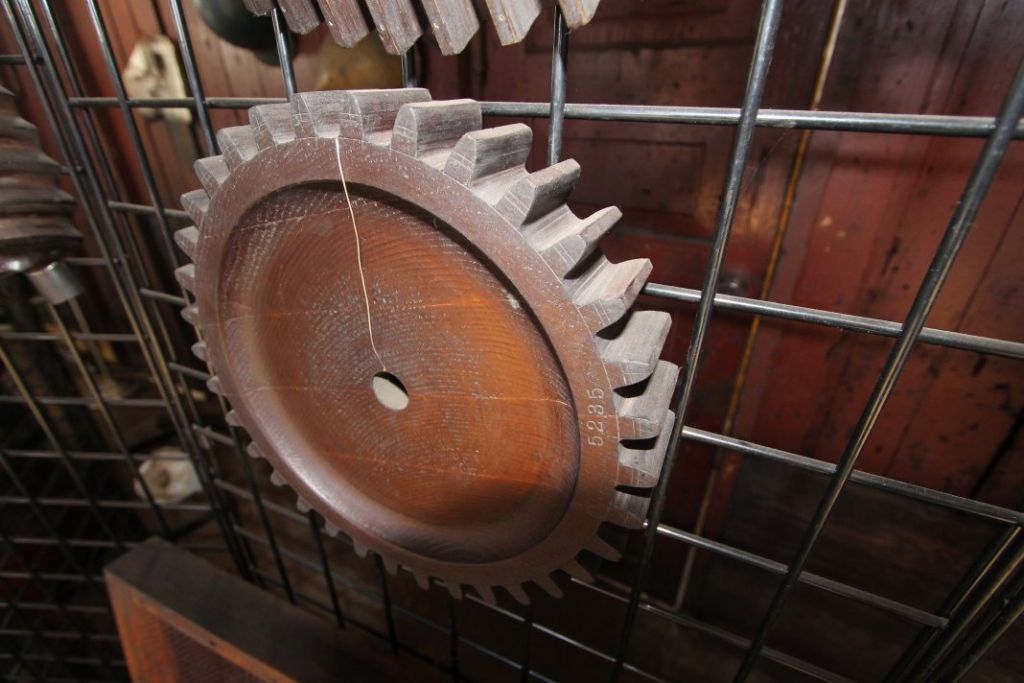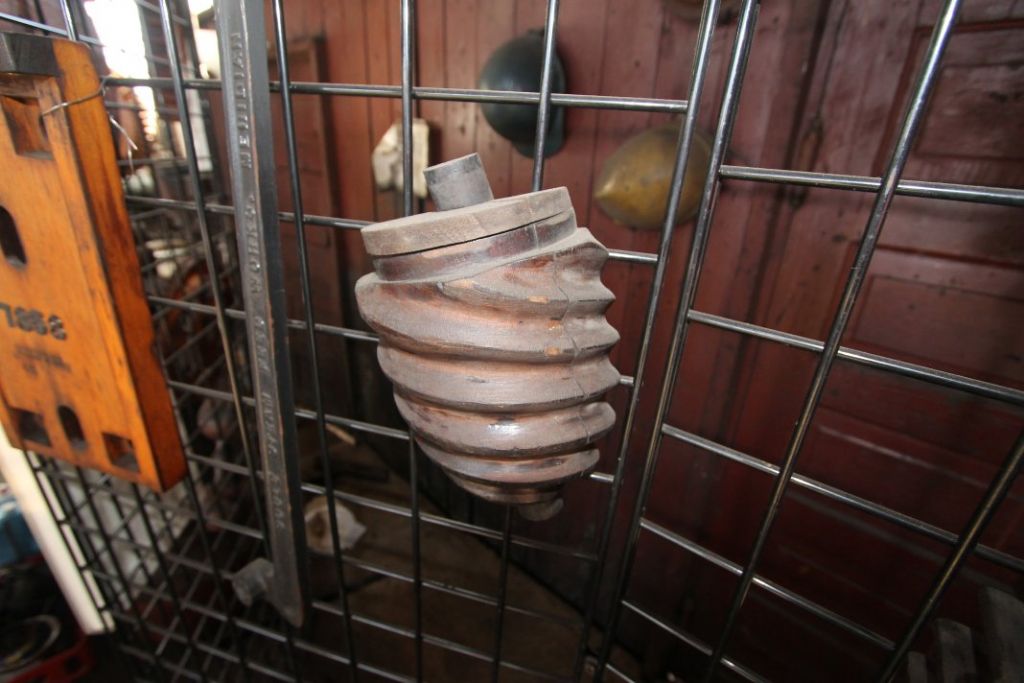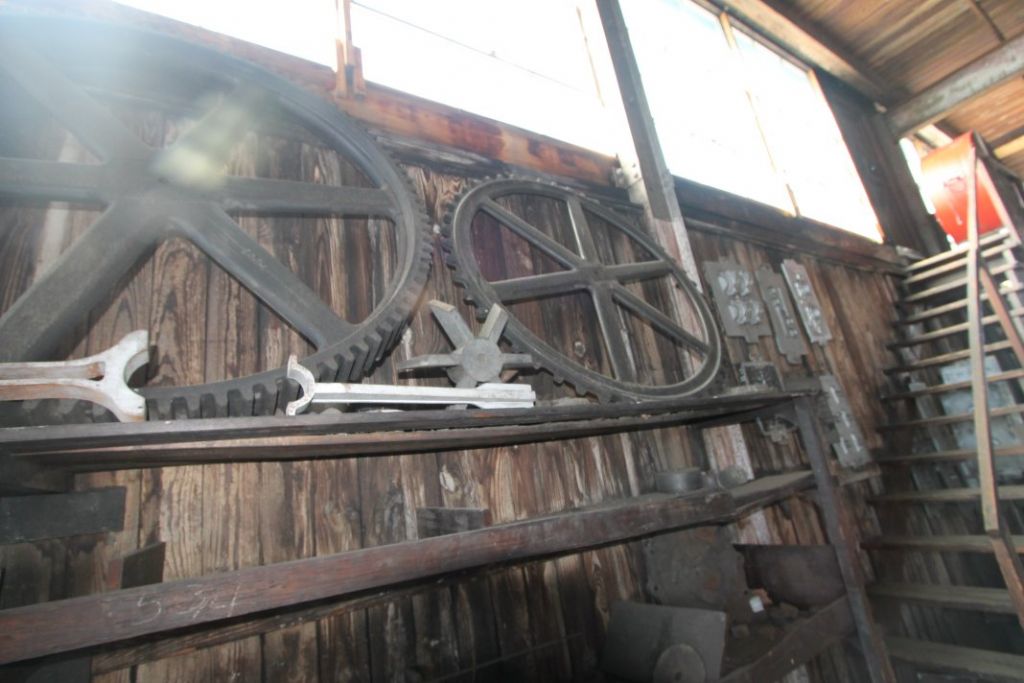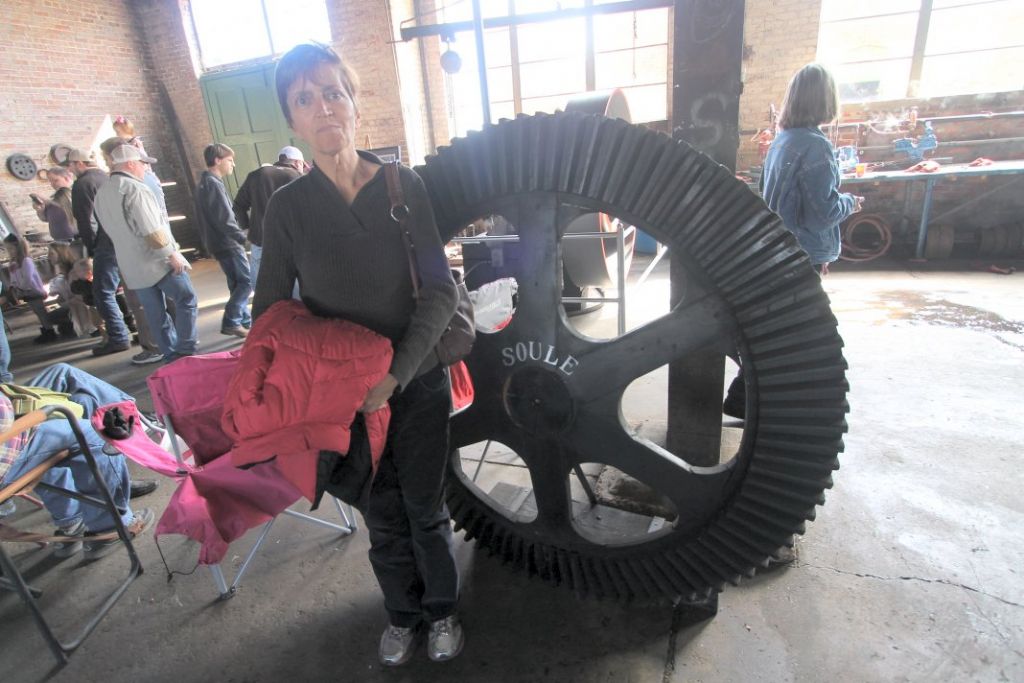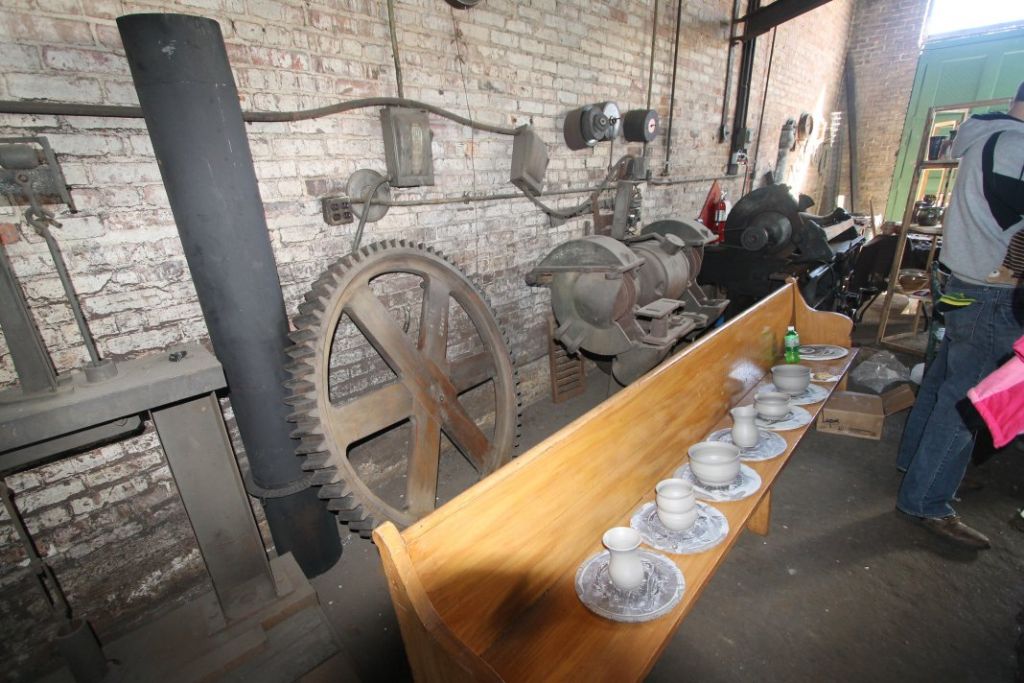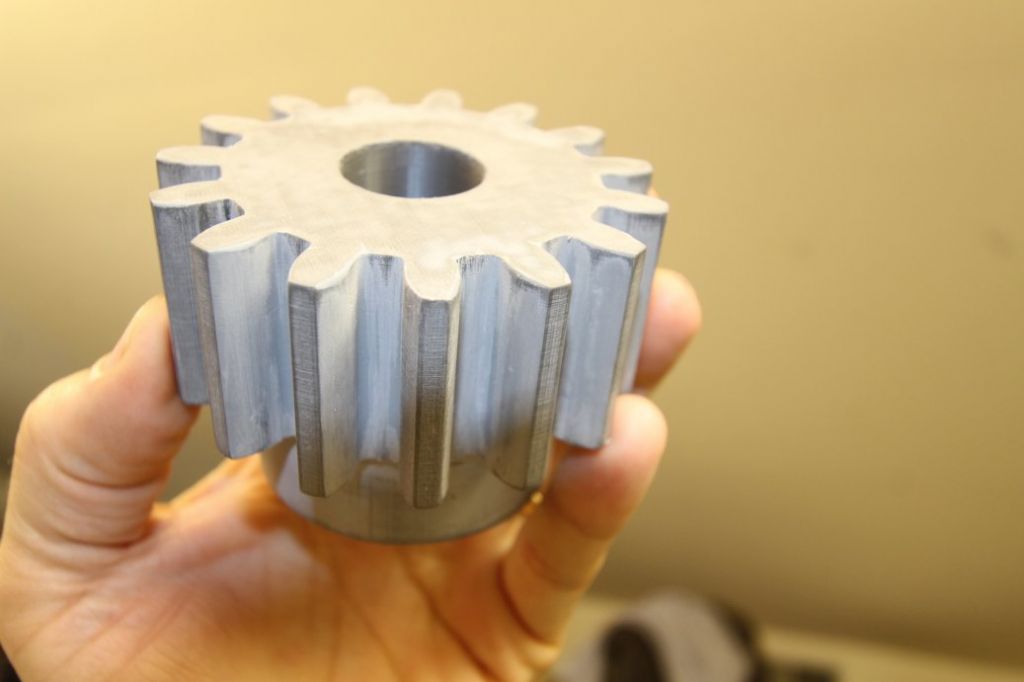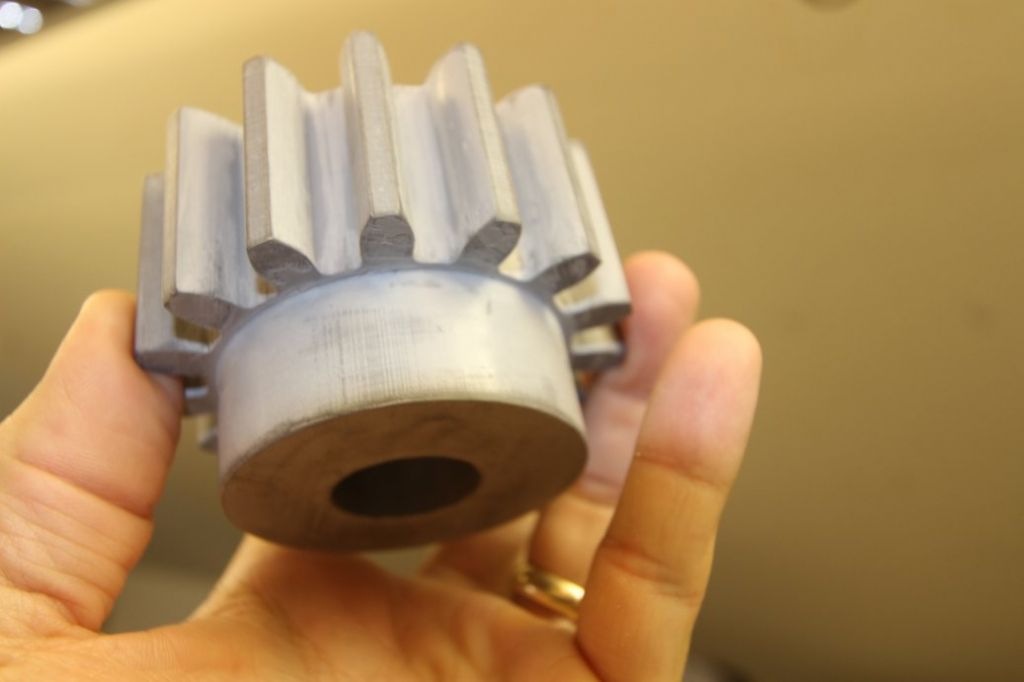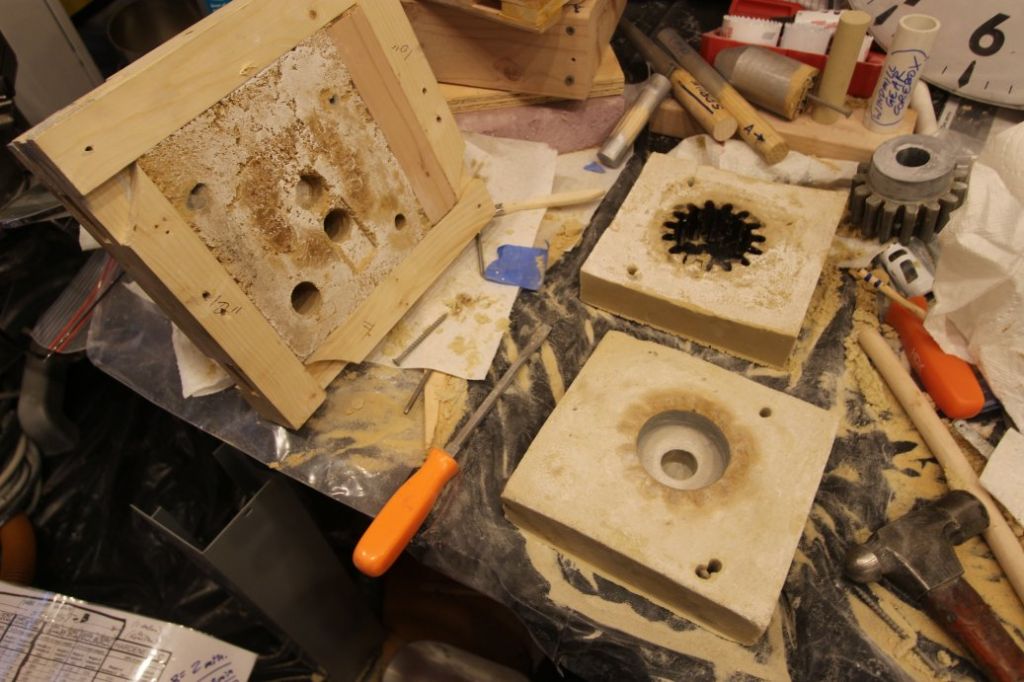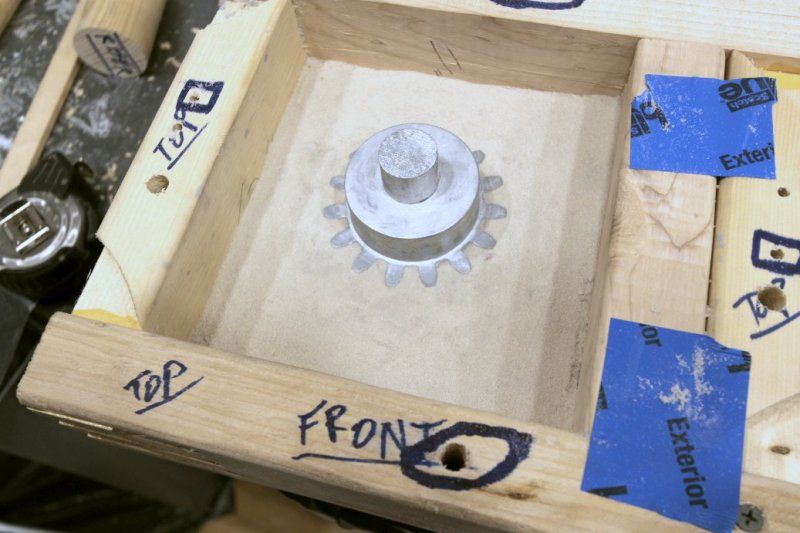I attempted to cast a pair of full-sized gears for a windmill restoration, and was not successful due to mold failure, but I believe that if I had heated the 3D printed gear pattern to the point where it was soft, I could have successfully removed it from the bound sand.
This began a discussion on another forum about how it was done in the day, and so I looked at my photos from the Soule Museum in Meridian MS (USA), and there were a great number of gear patterns.
The question was raised , and I think it is a fair question "Why cast a gear? Why not just cut a blank and then use gear cutters to cut the teeth?".
My guess is that back in the day, it was far easier to cut gear teeth in wood, and then cast the gear.
A cast gear would probably only require minor cleanup and cutting to get it the exact size, and so a great deal of machining would be eliminated for every gear produced if a cast gear was used.
Back in 2012, I wanted to make castings in gray iron, and "they" said "you can't do that in a hobby setting".
"They" were wrong. Then they said "Well if you do make an iron casting, it will have inclusions, and will have chilled spots that are too hard to machine". "They" were wrong again.
I must admit I was a member of the "they" group, and I did not believe it could be done on a hobby level either.
But the proof is in the pudding, and as I have mentioned to some non-believers, come over to my house and I will demonstrate first hand how it is done, and you can drill and machine the parts yourself and see how easily they machine with no chills or inclusions. I can repeat that on any given day.
Then someone came up with the "lost-PLA" method, which is to 3D print a pattern using PLA filament, then coat it with multiple layers of ceramic slurry, burner out the PLA in an electric kiln, and then cast the part or parts in the same fashion as the lost-wax method.
I said "there is no way this will work". I was proven wrong, and someone sent me samples of a small part which had the surface finish and accuracy of a die-cast part, but in gray iron. I drilled the thin samples, and they drilled perfectly with no chills or inclusions.
I have not tried the lost-PLA method, since I think I can cast a sufficiently accurate gear with resin-bound sand.
The ceramic slurry has a given shelf life, and so that is another reason I have not tried it yet.
And the lost-filament (ceramic shell) method is a multi-step method (multiple layers of shell, burnout, etc), and so is far more time consuming than making a resin-bound mold, which takes perhaps 15 minutes total.
And there is 3D printer filament that supposedly will burn out very cleanly, and it is described in this video.
The accuracy of parts made using the lost filament method is phenomenal (in my opinion), and infinitely easier than the lost wax method (also in my opinion, not having done either though).
The slurry process is shown here:
Edited By PatJ on 31/01/2021 06:56:55
Edited By PatJ on 31/01/2021 07:02:26
 PatJ.
PatJ.

